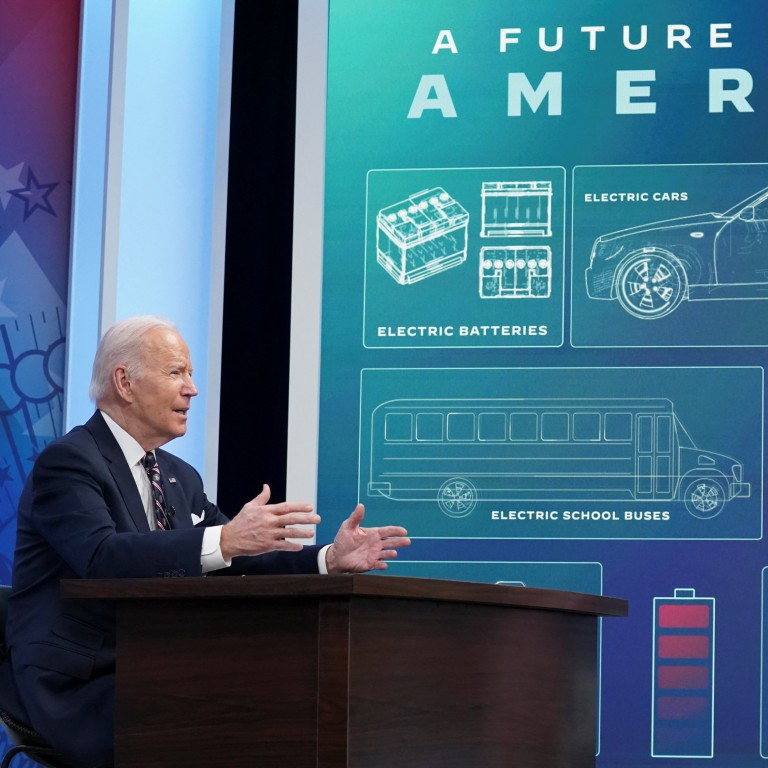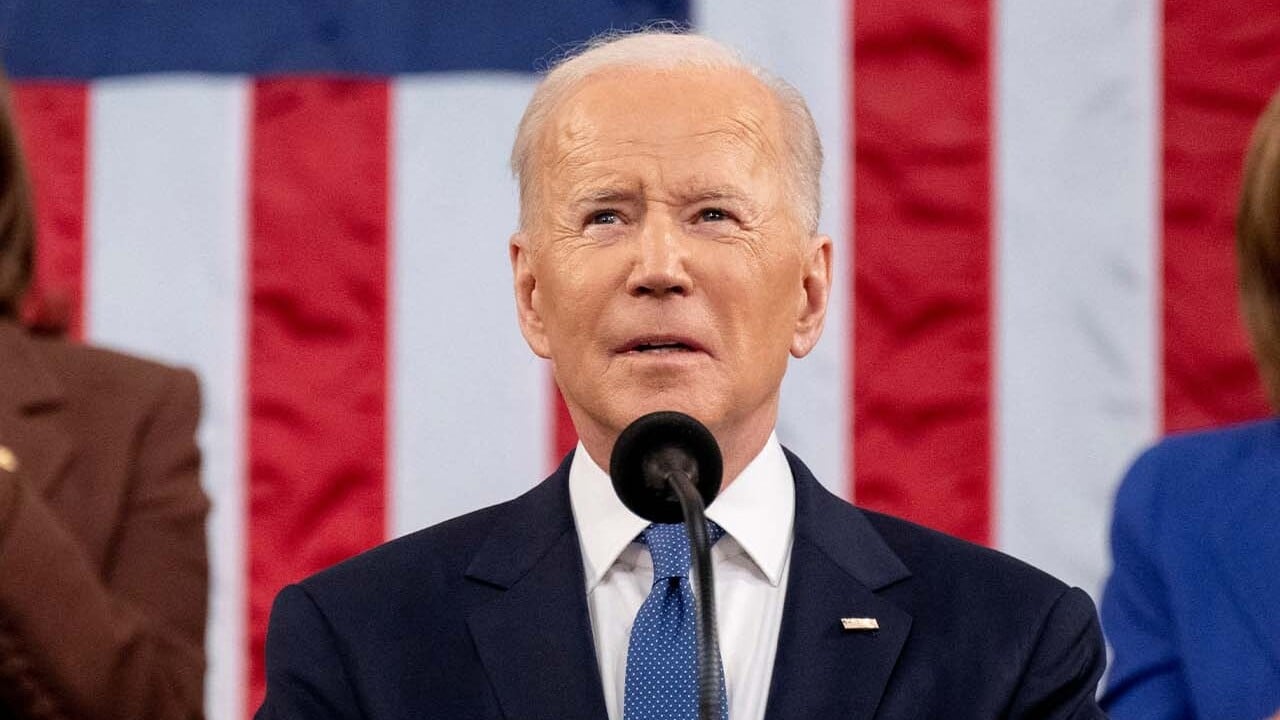
As war in Ukraine emboldens US protectionists, free trade is losing its ability to hold the peace
- Biden is pushing his protectionist agenda as raging shortages and rising prices are made worse by the war, amid US worries over its dependency on China
- If a wedge is driven against China, then the consensus over the value of free trade weakens further – along with its power to foster peaceful cooperation
“When we use taxpayers’ dollars to rebuild America, we’re going to do it by buying American. Buy American products. Support American jobs [ …] We’ll buy American to make sure everything from the deck of an aircraft carrier to the steel on highway guardrails is made in America,” he said.
He promised to “make more cars and semiconductors in America, more infrastructure and innovation in America, more goods moving faster and cheaper in America, more jobs where you can earn a good living in America. Instead of relying on foreign supply chains, let’s make it in America.”
Biden’s election may have restored civility and an openness to multilateral cooperation to US foreign policy, but the espousal of protectionism has also moved firmly to the heart of US foreign and trade policies.
It is ironic that coinciding with this passionate and bipartisan espousal of protectionism has been a sharp jump in global trade, not least in America’s fiercely controversial trade (and deficit) with China.
This was in spite of the Trump tariffs imposed on up to US$360 billion of Chinese exports, which Biden kept in place despite the powerful inflationary impact on US manufacturers and high-street consumers.
This continuing strength in Chinese exports to the US – and in global trade growth – is surprising and counterintuitive, but it is reasonable to question whether it will be sustained.
Ukraine crisis comes at a very bad time for the world economy
While the pandemic has persuaded governments and manufacturers that they can no longer prioritise lean, low-cost production at the expense of resiliency, it will take time, perhaps years, to shorten, reorganise and simplify supply chains, encourage more supply sources, and ensure local supply where necessary.
So, too, are the awful consequences of Russia’s invasion of Ukraine – apart from the all-too hideous bloodshed – only starting to become apparent.
Who recognised that Ukraine’s supplies of neon gas, xenon and krypton were critical to the world’s semiconductor industry? Who can take comfort when Samsung said its neon, xenon and krypton supplies were secure because it “will have little trouble” getting them from China? Certainly not Biden as he wrings his hands over US dependency on a wide range of China-sourced products.
Even now, few have been able to give considered thought to what these dislocations mean for food security and the semiconductor industry. Already the inflationary impact has been powerful – adding to deep anxieties over the post-pandemic surge in prices. As oil prices rose towards US$120 a barrel, and wheat prices hit record highs, there is growing recognition that strong inflation will stay for some time.
And while many trade experts comfort themselves that Russia’s potential to dislocate the global economy is limited because of its narrow engagement with international business, they remain anxious about whether the invasion will drive a wedge against China.
How war in Ukraine is drawing the US and Europe closer – against China
Whether or how we can avoid further economic division and dislocation is uncertain, and a cause for mounting concern.
Consensus about the value of free trade has been an indispensable force for peace and political cooperation. As protectionist forces strengthen, so those peaceful forces are diluted. It is not just Biden and his Democrats who need to think twice before hammering more nails into the coffin of free trade.
David Dodwell researches and writes about global, regional and Hong Kong challenges from a Hong Kong point of view



